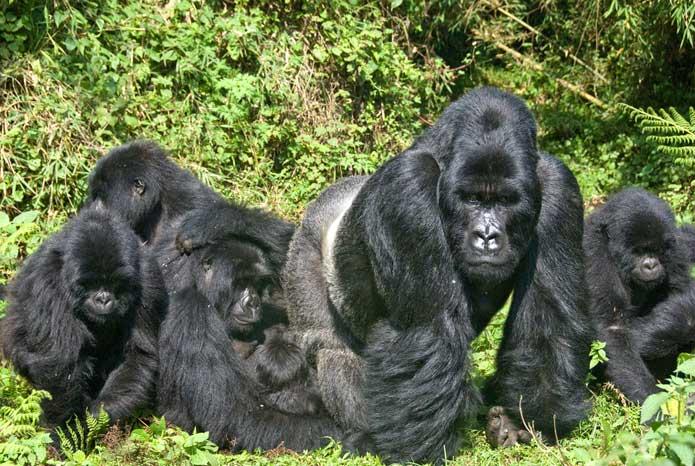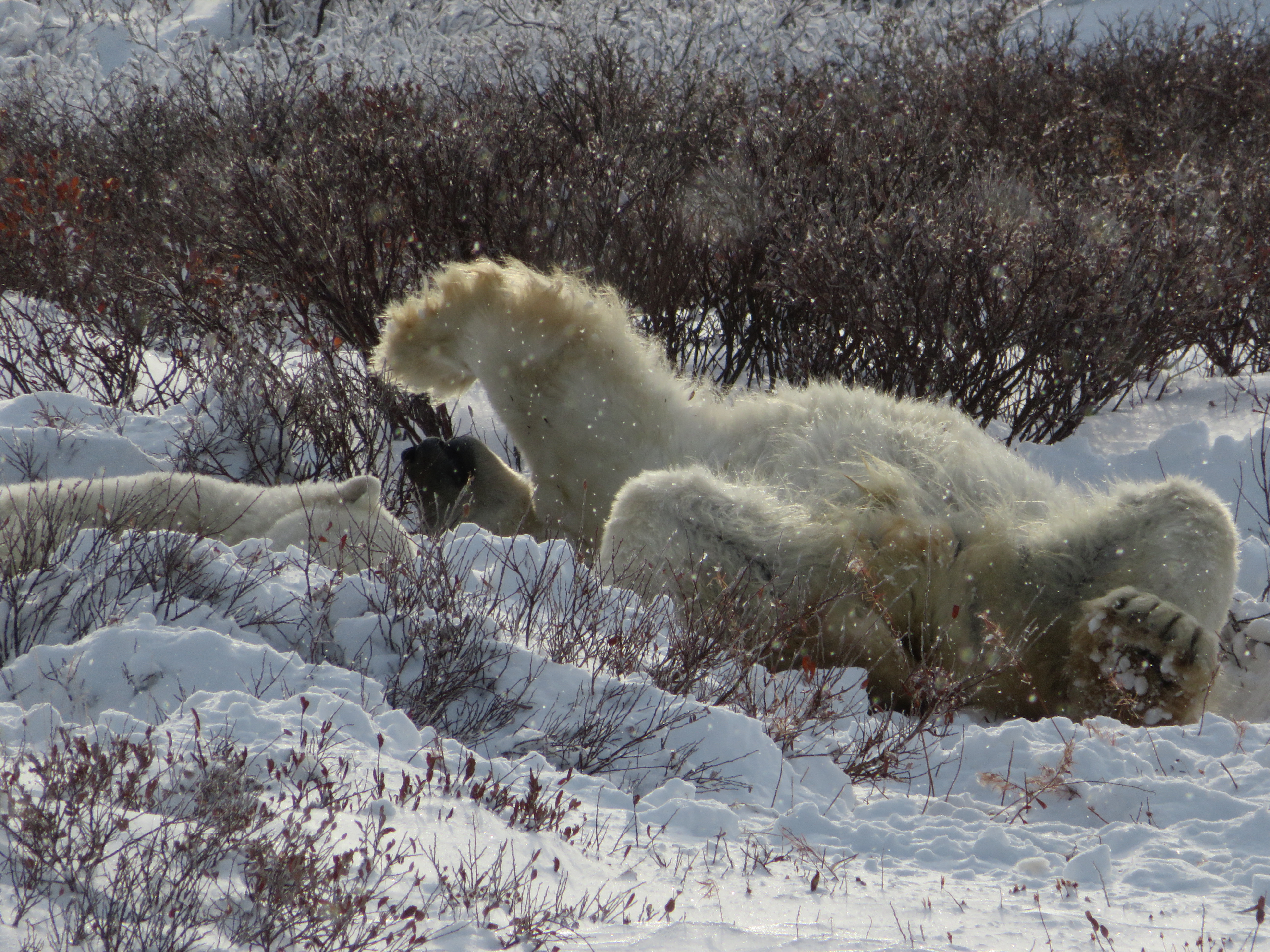Move over leopards, buffalo and rhinos - the “new” Big Five are in town. Adventure travelers these days are hoping to glimpse tigers, elephants, polar bears, gorillas and lions in their natural habitats. No disrespect to the original five, but that list originally came about as the toughest game animals to hunt in Africa. Today’s wildlife enthusiasts are hoping to capture these elusive beasts with cameras, not guns. Here’s where you’ll find them and how to get there.
First, a bit of background on the focus shift. Being mindful of the wildlife crisis and endangerment, more than 250 photographers, conservationists and wildlife charities - including Jane Goodall and the Dian Fossey Gorilla Fund - conducted a year-long, global poll on the New Big Five website. The New Big Five were revealed in May 2021 and represent the “keystone species,” meaning that if these species become extinct, there will be irreparable changes to Earth’s biodiversity.
How can you do your part to aid wildlife conservation efforts? Travel! Now that borders are reopening, you can once again make your way to the beautiful, pristine habitats in which these iconic animals are found - from a safe distance, of course. From elephant treks in Laos to polar bear-viewing in the Arctic Circle, here’s where to find the New Big Five.
Elephants
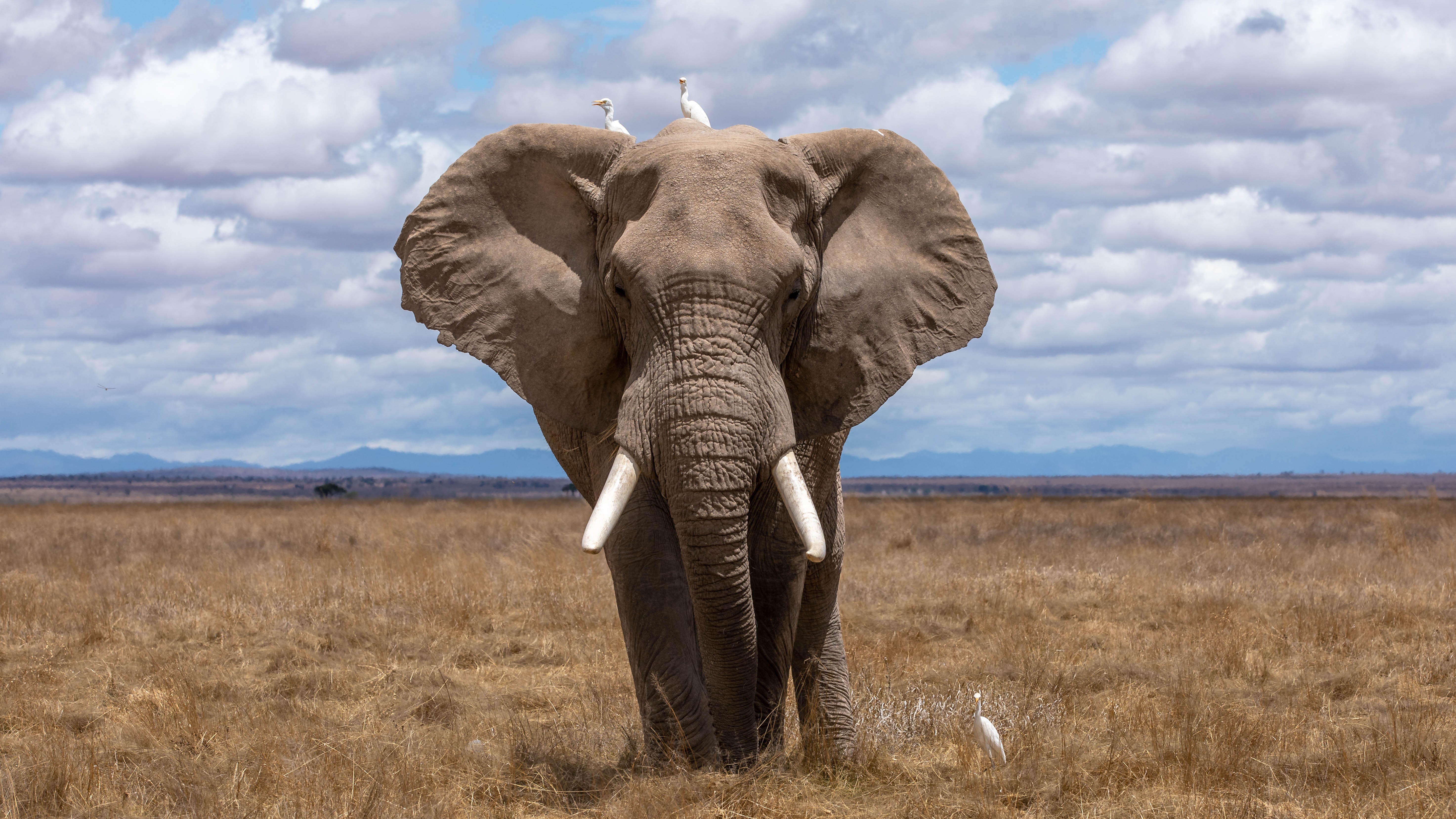
With just around 415,000 African elephants left in the world (there were once nearly 26 million) and even fewer Asian elephants (30,000 to 35,000), ethical experiences with elephants are more important than ever to heighten awareness. Current conservation initiatives work to fight ivory trafficking and illegal poaching while protecting natural habitats.
Where to Go: Get to know rescued elephants in Chiang Rai, Thailand’s Elephant Valley. Learn to care for the orphaned beasts during a week-long volunteer program south of Bangkok. Or, visit the Phuket Elephant Sanctuary. Trek through jungles alongside adult elephants, prepare their food and help bathe them in Laos. Or learn about elephant conservation efforts at the Amboseli Trust for Elephants or the David Sheldrick Wildlife Trust’s Elephant Orphanage in Kenya.
Polar Bears
Photo by Susan Tuckey, Penguins2PolarBears - November 4, 2018, Churchill, Manitoba. This bear tried at least 6 times to roll from his back to his front. My favourite bear of the 24 we saw that day
Polar bears are listed as a vulnerable species - sea-ice loss due to climate change is greatly impacting the habits of these marine mammals. With just 23,310 left in the world, it is estimated that they will be mostly extinct by the end of the century.
Where to Go: Take cover in a specially modified tundra buggy and venture out into the Manitoba wilderness from Churchill, known as the “Polar Bear Capital of the World.” Wrangel Island in the Russian Arctic Far East has the highest density of polar bear dens in the world and, therefore, a large number of cute cubs. Head to Svalbard in the Norwegian archipelago for an outstanding chance to see polar bears - their population is higher than that of humans in the region. Explore Greenland’s coastline by expedition ship, spotting a polar bear on land.
Gorillas
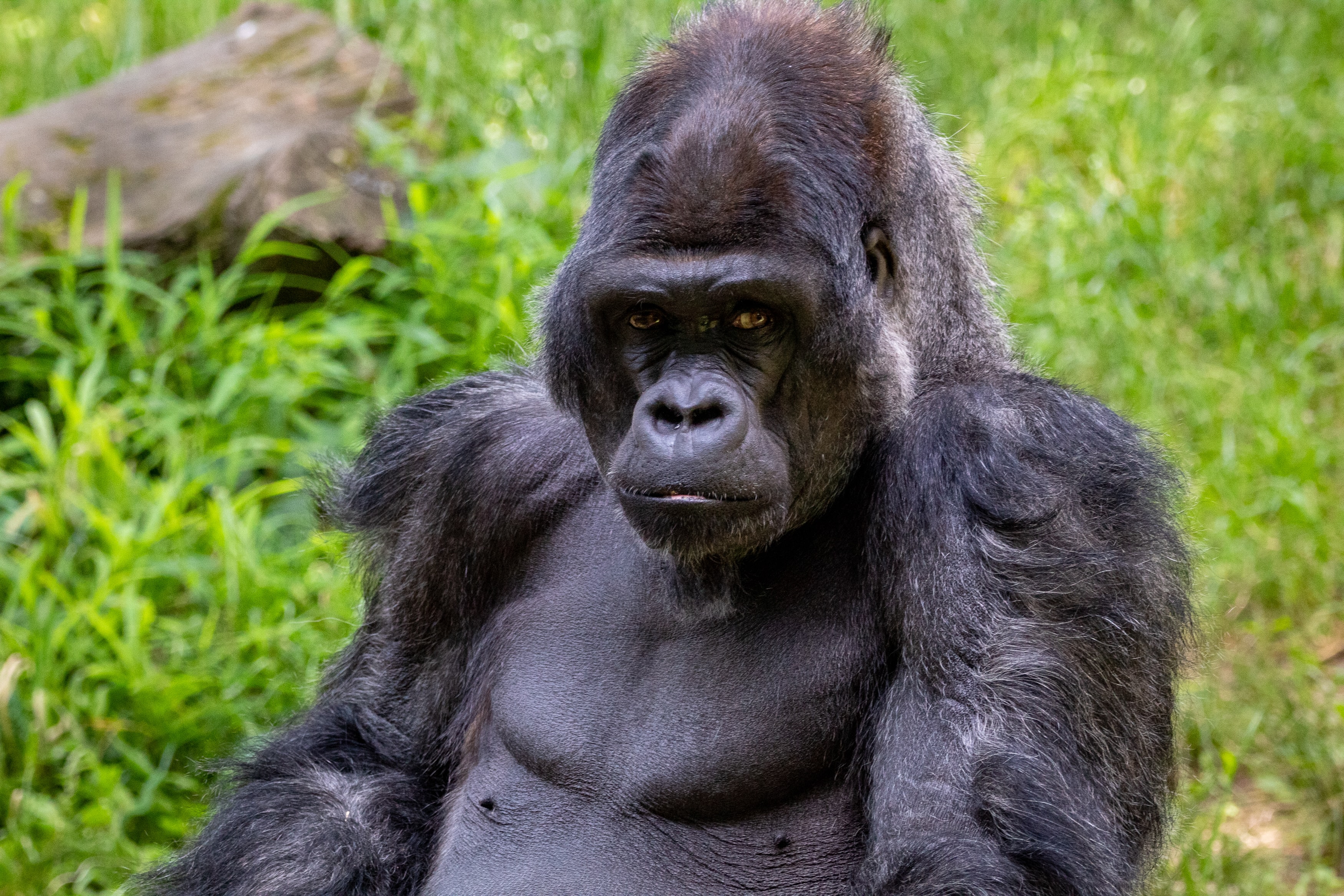
Photo by Joshua J. Cotten on Unsplash
The spread of civilization, climate change, mining and poaching have long threatened gorillas, the world’s largest primate. During the past two decades, Grauer’s gorillas in the Democratic Republic of Congo have experienced an 80 percent population decline. Steady conservation efforts have allowed some mountain gorilla populations to slowly recover, shifting them from “critically endangered” to “endangered.”
Where to Go: Explore Volcanoes National Park in Rwanda with expert guides to glimpse gorillas in the wild. Hike in the footsteps of the late Dian Fossey through Rwanda’s Virunga Mountains. Track rare mountain gorillas in Bwindi National Park in Uganda. And spend time learning about the challenges the mammals face at the Mountain Gorilla Veterinary Project.
Lions
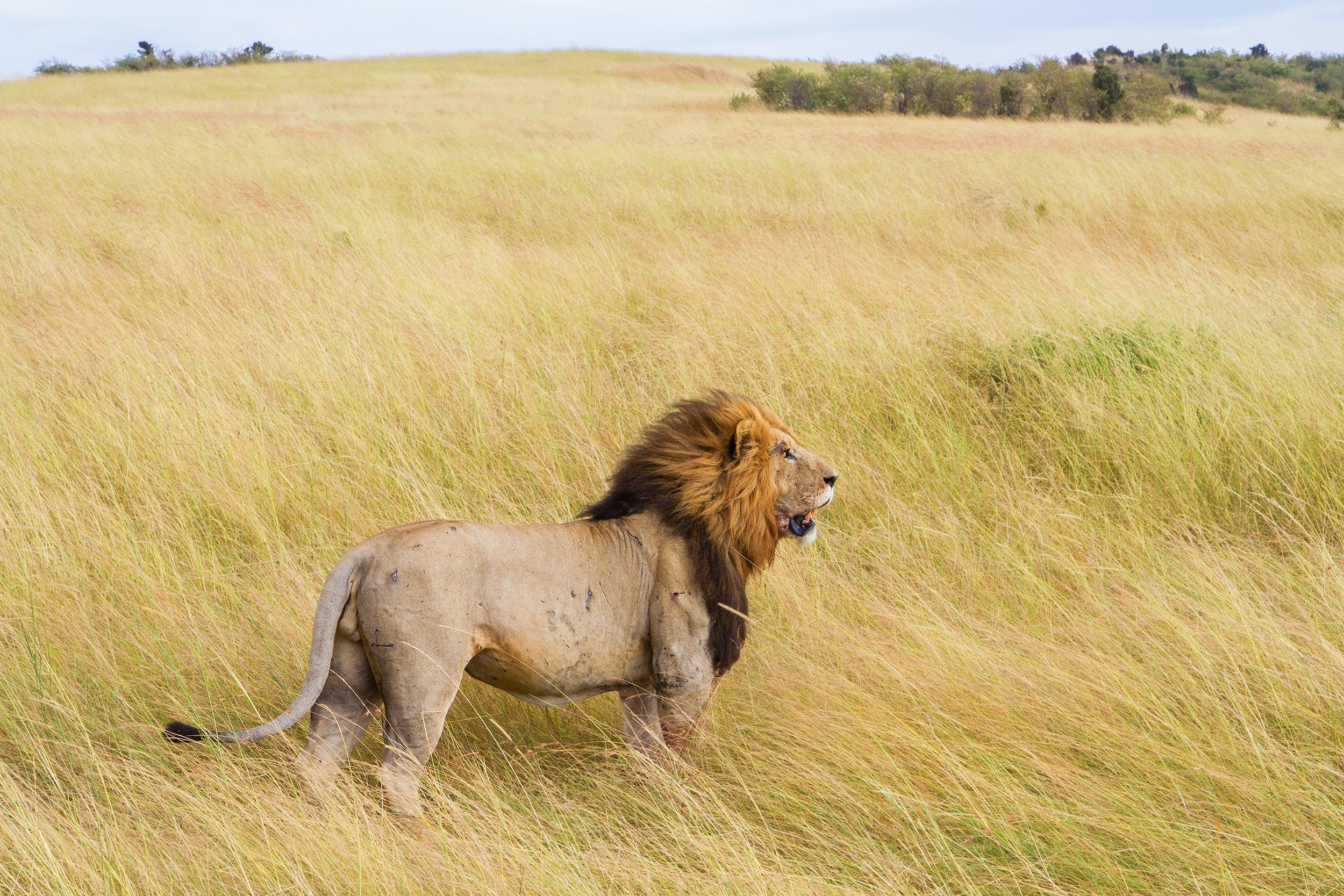
Photo by Bhargava Srivari on Unsplash
Securing a spot on the old and new Big Five lists, the regal lion has seen a significant population decline - there are approximately 20,000 to 25,000 left in the wild. Human-wildlife conflicts, as well as poaching, have led to the drop.
Where to Go: Observe lions and photograph them in their natural habitats in Masai Mara National Reserve in Kenya. Visit Tanzania to glimpse some of the estimated 3,000 lions roaming the Mara-Serengeti. In the Okavango Delta, lions make their homes amidst rivers, palm-fringed islands and tributaries - to see them hunting, head to Duba Plains. Look for large prides of females and cubs in Londolozi, part of the Sabi Sands Private Game Reserve, and famous black-mined lions in the Ngorongoro Crater.
Tigers
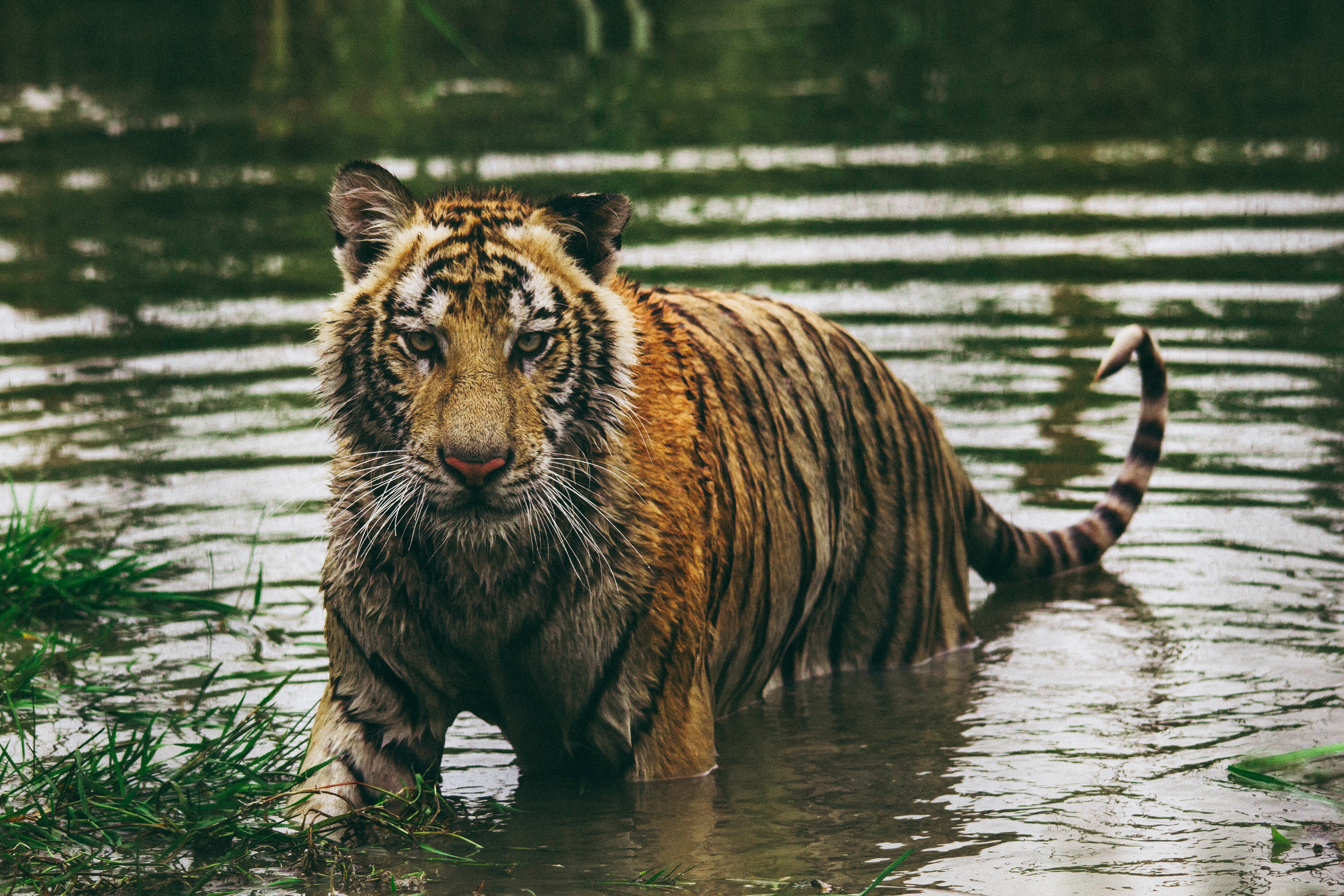
Photo by Frida Bredesen on Unsplash
The elusive tiger is facing habitat loss, poaching and human-wildlife conflict, all of which has led to severe population decline. There are approximately 3,900 tigers left in the wild. Tigers, like lions, are apex predators and as such are crucial to their ecosystem’s balance.
Where to Go: Take a land or boat tour through the jungles in India’s many national parks. The country brims with tiger reserves, including Kanha, Bandhavgarh and Pench. In Nepal, visit Bardia or Chitwan national parks in hopes of glimpsing a Bengal tiger. Or, go well off the beaten path in southeast Russia, home to 400 Sibertian tigers, who make their homes in the taiga forest of far-eastern Siberia and Amur.
Ready to go? Let’s chat about the “new” Big Five.

